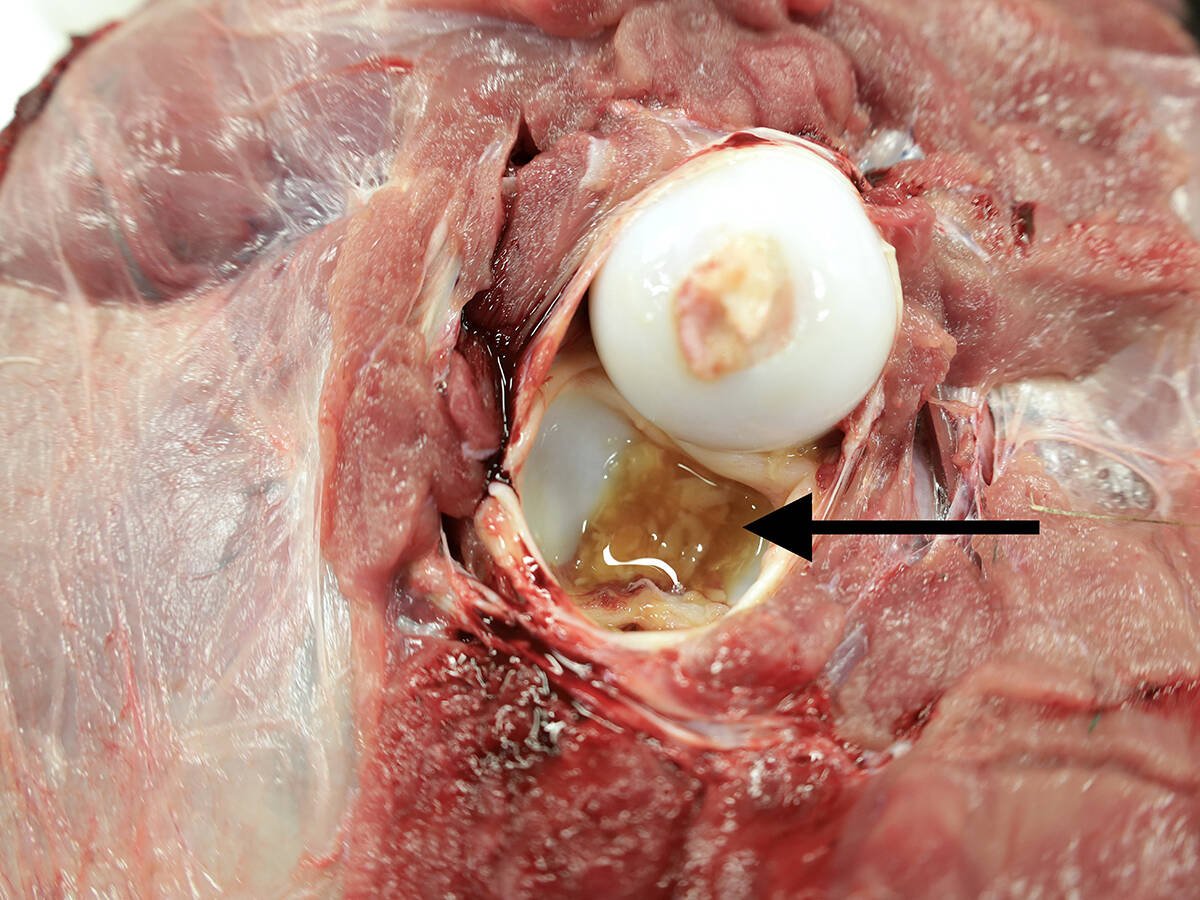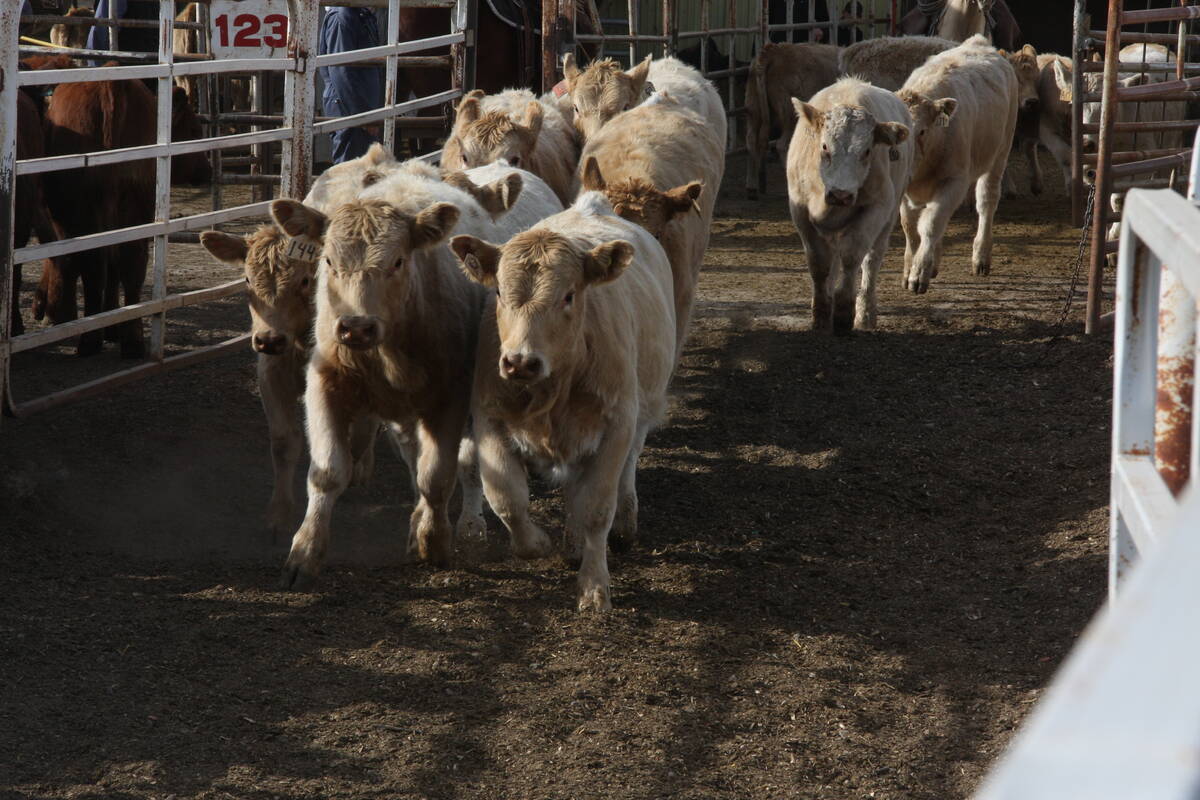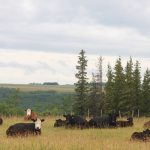For the week ending Feb. 28, western Canadian feeder cattle markets traded steady to $5 higher on average compared to seven days earlier.
Positive feeding margins along with improving weather enhanced demand from Alberta and Ontario feedlot operators.
Many feedlot operators have shrugged off the tariff threat and are carrying on business as normal.
Read Also

Adequate colostrum can prevent bloodstream infections
Antibodies contained in colostrum are critical for preventing infections before the young animal’s own immune system gains experience with microbes, matures and takes over.
Auction market scouts, who are sourcing for cattle, report that many cow-calf producers sold cattle earlier in December or January. It appears that there will be a sharp drop in available numbers in Western Canada during March and April. This sentiment appears to have spurred larger operations to secure ownership of feeder cattle in the short-term.
At the Lloydminster sale, larger-frame, lower-flesh Simmental-based steers weighing 950 pounds sold for $363. South of Edmonton, larger-frame mixed steers on barley and corn silage ration with full processing records averaging 903 lb. traded for $370. North of Calgary, Limousin mixed heifers carrying lighter butter averaging 910 lb. reportedly traded for $335.
At the St Rose Auction in Manitoba, medium- to larger-frame red steers evaluated at 800 lb. notched the board at $395. At the same sale, larger-frame black heifers on the card at 809 lb. were valued at $357.
The auction market in Prince Albert, Sask., had black steers weighing 742 lb. trading for $400.
In central Alberta, a smaller string of 705 lb. Angus blended steers on light barley and silage diet with full processing data were last bid at $432. In southern Alberta, red Simmental-based heifers averaging a hair more than 700 lb. reportedly moved at $374.
The Lloydminster Auction Market Report had black mixed steers evaluated at 604 lb. selling for $486.
In central Saskatchewan, run-of-the-mill mixed heifers scaled at 610 lb. reportedly sold for $408.
In Manitoba, Simmental cross steers weighing a hair more than 600 lb. were quoted at $479. In central Alberta, pre-conditioned Charolais heifers weighing 625 lb. on hay and silage diet were valued at $433.
The Prince Albert Market Report had 500 lb. black steers selling for $560.
In southern Alberta, Charolais-based steers averaging 510 lb. were quoted at $570.
In Manitoba, a smaller package of Charolais heifers weighing 505 lb. reportedly sold for $469.
According to Statistics Canada, western Canadian feeder cattle supplies outside finishing feedlots as of Jan. 1, 2025, were 2.416 million head. This was up one per cent, or 23,500 head, from Jan. 1, 2024.
Cow-calf and backgrounding operators were aggressive on sales during January with many auction markets recording above year-ago volumes. The year-over-year increase has likely evaporated.
In Western Canada, total heifers for beef cow replacement on Jan. 1, 2025, were 465,900 head, up 1,500 head from 12 months earlier.
It appears that the contraction phase has ended, and producers are responding to market signals to expand the herd. We’re expecting a significant year-over-year increase in heifer retention during the summer and fall of 2025.
U.S. feedlot placements during January were 1.822 million head, up two per cent, or 31,000 head, from the January 2024 figure of 1.791 million.
In the United States, we’re seeing a build-up of market-ready fed cattle supplies. This will weigh on the finished cattle market and temper the upside for U.S. feeder cattle prices.
The opposite is occurring in Western Canada. Market-ready fed cattle supplies in Alberta and Saskatchewan are extremely tight. The function of the western Canadian feeder cattle market is to ration demand by trading at a premium to U.S. values.
Jerry Klassen is president and founder of Resilient Capital, specializing in proprietary commodity futures trading and market analysis. He can be reached at 204-504-8339 or via his website at resilcapital.com.















